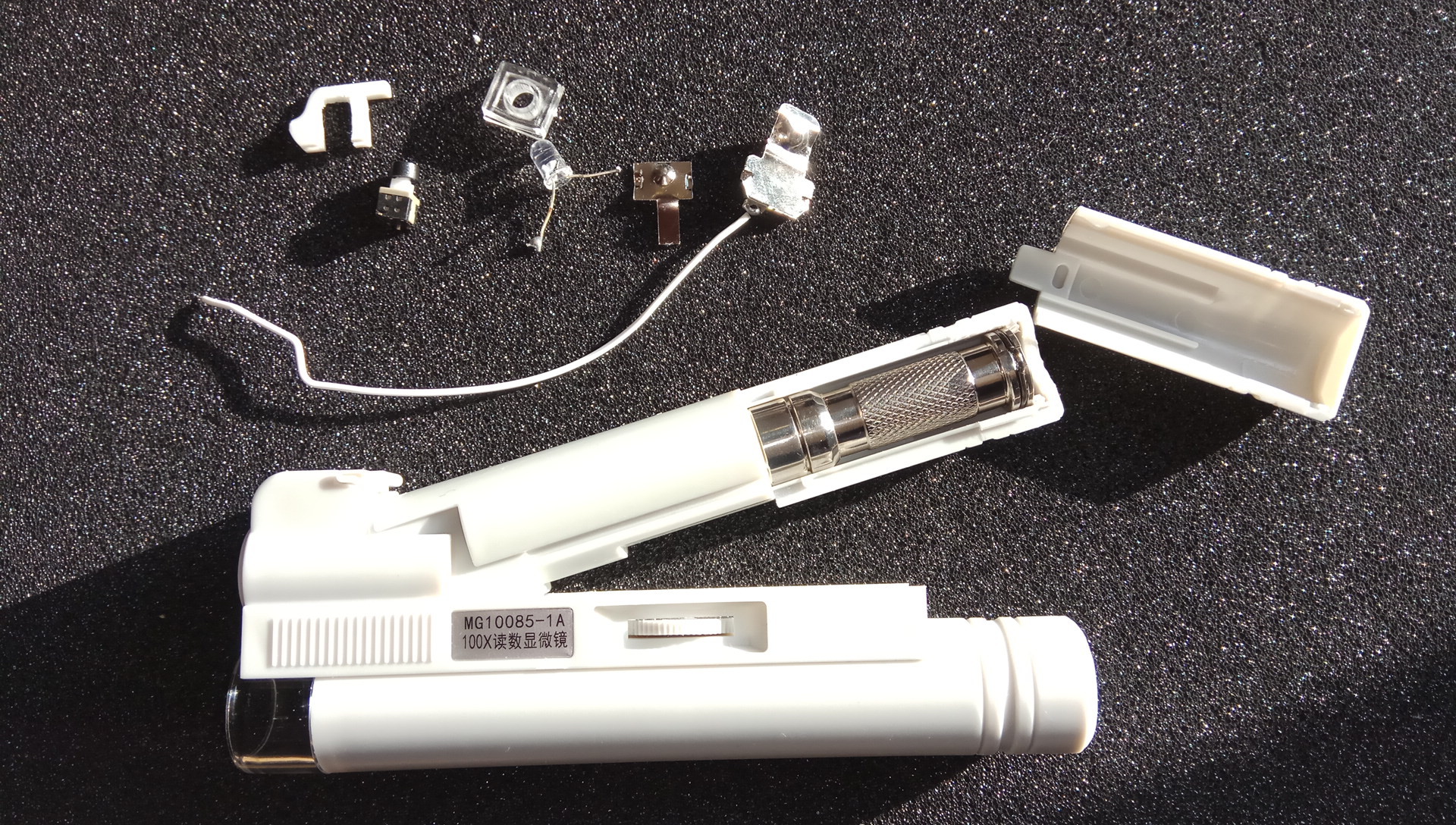Thanks for the feedback.
For 8$ that is very good. Ive been checking microscopes in that price range all day and for that price there are many phone attachements that give just slightly better results than what i have. (Edit: I was searching usb microscopes and left many out. I found a clone of this one for 4.50$, seems worth it) I will not be pleased if the 40$ model wont do at least a 4 times better job

Though the stand alone will most likely have a huge impact on the results quality as i hate having to hold my cam, the knife and a flashlight and press the button all at once.
I have made my strops for the ruixin from mdf and have the compound directly on it. It works well but once i cut into the mdf its a goner. (i do have spares)
For hand stropping i used to use a leather strop set i made for each of the pastes, works great but takes forever to get a perfect polish and the leather has a rough and smooth direction.
(only affordable leather for me)
Recently i have made a strop set from balsa and its so much better it blew me away. The feedback it gives tells me if im on the edge or not unlike leather which was very forgiving.
The problem i still have with both is that they are inconsistent, some parts of leather\wood take more material on the left, some on the right. Even if sanded flat. I can see it on the load up and it follows the wood\leather grain perfectly. I suppose its because of how the compound loads into the material.
Ill check the tapes out if i can get them and see if i like the feedback on hand stropping, it might speed it up the process since i wont be limited by grain and the entire surface will be used effectively.
Stropping on plain balsa worked better than the cheap leather. I have found a good piece of smooth leather the same day i bought the balsa and after cleaning and flattening it and taping it to a board it does work actually well.
Get very good leather or use balsa is my conclusion.
I also find sharpening on waterstones is much more comfortable for me and much faster.
Ruixin taught me a lot but at the same time held me back.










 and not worth the money tbh, even though it does serve its purpose. Yes it works. But 8bucks for this cheap plastic stuff? Too much imho. The model number is "
and not worth the money tbh, even though it does serve its purpose. Yes it works. But 8bucks for this cheap plastic stuff? Too much imho. The model number is "




